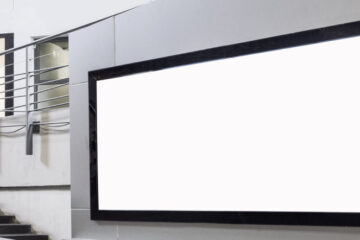In the advertising and display industry, the quality of aluminum profiles directly impacts the durability and aesthetics of the final product. However, with numerous options and price variations in the market, selecting the right high-quality aluminum can be challenging. This article offers industry insights to help you navigate key considerations and avoid common pitfalls.
First, material is the core factor determining quality. Premium aluminum typically uses 6063 or 6061 alloy, known for high strength and oxidation resistance. Inferior products may contain impurities, leading to brittleness. Buyers can inspect cross-sections for smoothness and absence of pores. Reputable suppliers often provide material certification to ensure compliance with international standards.
Second, surface treatment affects both durability and appearance. Common methods include anodizing, powder coating, and electrophoretic coating. Anodizing creates a corrosion-resistant layer, ideal for outdoor use, while powder coating offers color versatility. Poor-quality aluminum may use simple paint that fades or peels. Always check for even, smooth coatings.
Wall thickness and structural design are equally critical. Large outdoor billboards require thicker profiles (≥1.2mm) for stability, while indoor light boxes can opt for thinner versions to cut costs. Some manufacturers compromise on thickness to reduce prices, risking deformation. Choose profiles with reinforced designs for added strength.
Environmental suitability is another key factor. Coastal or industrial areas need high corrosion-resistant aluminum, while regions with temperature fluctuations should consider thermal expansion properties. For frequently relocated light boxes, lightweight yet sturdy profiles are preferable to minimize maintenance.
Finally, after-sales service and brand reputation matter. Reputable manufacturers offer warranties (e.g., 10-year guarantees) and technical support, whereas small workshops may lack accountability. Prioritize established brands and verify quality through samples or case studies.
In conclusion, selecting high-quality aluminum profiles requires evaluating material, craftsmanship, environment, and brand reliability. Avoiding cheap alternatives and choosing the right product ensures long-term performance, providing a solid foundation for brand promotion.



